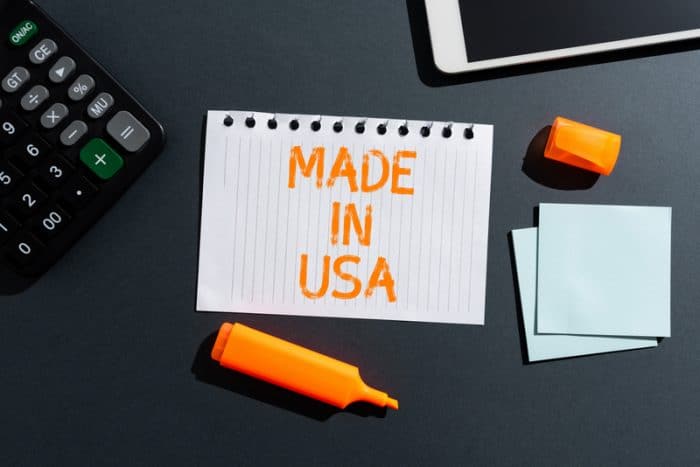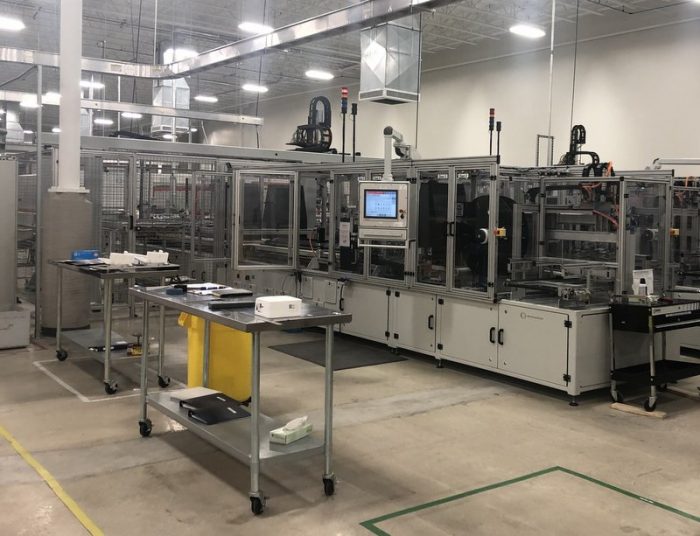The first U.S. polysilicon-to-PV module is officially on the way (again)

The first fully made-in-the-USA solar module — from polysilicon to final PV panel — might be on the way (again). Solar cell manufacturer Suniva, solar module maker Heliene Inc., and Corning Incorporated issued a joint announcement last week that they are teaming to produce a solar module made with polysilicon, wafers and cells manufactured in the United States.
“This partnership is a significant milestone for the U.S. solar industry,” said Martin Pochtaruk, CEO of Heliene. “By combining our strengths, we are able to deliver not only a high-performance module but also support the domestic economy and American job creation.”
U.S. solar PV supply chain
The polysilicon to PV panel supply chain has been elusive to this point, with polysilicon being a huge barrier. Qcells has come the closest, but lost its prospective source of polysilicon when REC Silicon shuttered its U.S.-based polysilicon operations in 2024. Qcells invested in REC Silicon to be its sole supplier for this U.S. module.
Corning is the majority owner of Hemlock Semiconductor (HSC) and will be sourcing HSC’s hyper-pure polysilicon to produce the wafers. Both the wafers and polysilicon are made in Michigan, and the solar cells are made in Georgia.
“Corning is excited to leverage our advanced manufacturing expertise to deliver top-quality solar components and secure the U.S. energy supply chain,” said AB Ghosh, Corning Vice President and General Manager of Solar Technologies and Chairman and CEO of Hemlock Semiconductor.
This newly announced Corning-Suniva-Heliene solar module contains a solar cell with up to 66 percent domestic content— which the companies claim is the highest percentage on the market.
“We are excited that this partnership brings a truly Made-in-America solution to the United States market,” said Matt Card, President of Suniva. “Together, our companies offer the only solar cell in the market that provides U.S. developers maximum ITC domestic content advantage – while building a domestic supply chain that provides for American energy independence and a strong manufacturing base.”
Suniva instigated the most recent solar tariff era when it filed for bankruptcy and then petitioned the International Trade Commission for global safeguards in 2017. This latest announcement is another example of the company’s newfound viability since its 2024 comeback.

Heliene has been proactive in arranging U.S.- and North America-based supply chains wherever it can. Some other recent announcements include steel module frames from Origami Solar, solar glass from Canadian Premium Sand, and more solar cells in a JV with Premiere Energies.
Domestic content solar market
Domestic content is one of the most important topics in the solar industry, but what do solar contractors need to know about it right now? We go in-depth on the topic with David Dunlap, VP of product strategy at BayWa r.e.
- 0:48 – Has the Trump Administration changed the domestic content outlook?
- 3:02 – Available U.S. solar manufacturing (modules, inverters, racking, batteries)
- 7:12 – Overview of changes to Safe Harbor Tables
- 9:38 – Is there value in sourcing a module with domestic wafers?
- 13:23 – MLPE vs. string cost percentage comparison
- 17:26 – How long can I use the May 2024 Safe Harbor Table?
- 19:24 – Changes to Energy Storage domestic content rules
- 22:29 – Does the DC percentage step up 5% each year for the ITC or no?
- 25:16 – What is the residential demand for domestic content solar products?
- 27:58 – Demand for domestic content in commercial solar?
- 29:06 – Is it just better to not pursue the domestic content tax credit?





Comments are closed here.